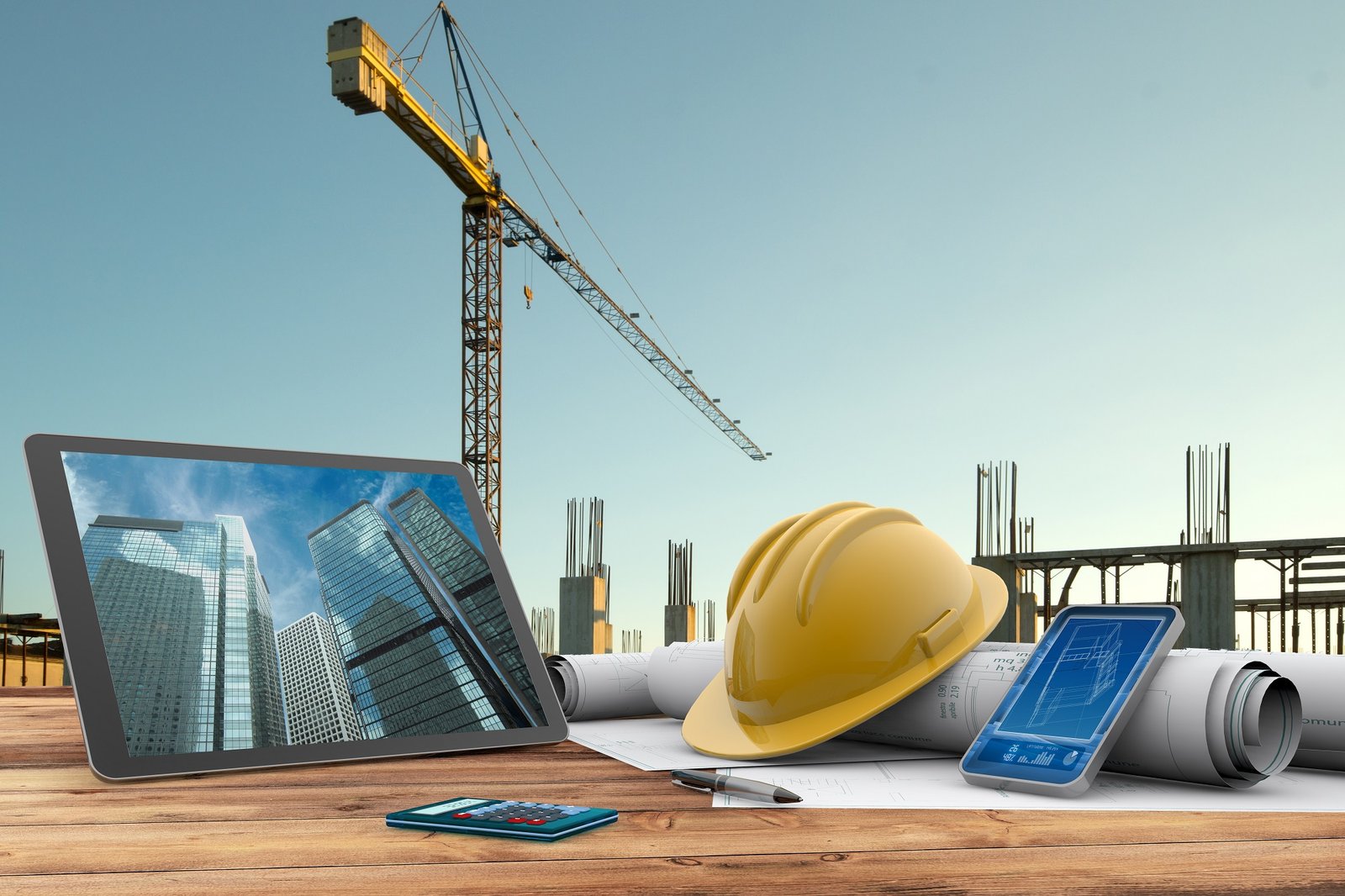Construction remains one of the most hazardous industries in the world, and while technology has transformed how we design and build, some of the most preventable accidents still happen on the ground—literally. Slips, trips, and falls continue to account for a staggering percentage of workplace injuries and fatalities every year.
The question is, with all the advancements in safety equipment, materials, and site management, is the construction industry really doing enough to prevent these common, yet costly, accidents?
The Unseen Cost of Slips and Falls
According to the U.S. Bureau of Labor Statistics, falls remain the leading cause of injury and death in construction, responsible for more than 35% of all fatal incidents. But beyond the tragic human toll, these accidents have a measurable economic impact.
Workplace falls cost the U.S. construction industry billions annually in medical expenses, lost productivity, workers’ compensation, and project delays. A single injury can set back timelines, disrupt workflow, and erode profit margins. Yet, despite these known risks, jobsite surfaces are often neglected compared to other safety measures.
Hard hats, harnesses, and guardrails receive attention—but what about what workers are actually standing on?
The Problem Beneath Our Feet
Construction sites are dynamic environments. Surfaces change daily as crews move materials, pour concrete, or install finishes. Add weather—rain, mud, or dust—and those surfaces quickly become slippery and unstable.
Temporary coverings like tarps or cardboard, often used to protect finished floors, can exacerbate hazards instead of preventing them. They shift underfoot, absorb moisture, and offer little traction.
The irony is striking: while builders invest heavily in structural safety, they sometimes overlook the simple fact that most injuries start with a loss of balance on unstable ground.
Rethinking Jobsite Surface Safety
Preventing slips and falls requires more than warning signs—it demands proactive surface management. That means ensuring stable, high-traction flooring in high-traffic zones, access points, and transitional areas like stairways or ramps.
Modern surface protection technology is making this possible. Manufacturers are developing products that not only shield finished flooring but also enhance worker safety. For instance, Skudo Traction Mat heavy-duty non-slip flooring is one example of how construction-grade materials are evolving to provide both durability and grip. These specialized mats maintain traction even when exposed to dust, water, or debris, offering consistent protection in unpredictable jobsite conditions.
The move toward such innovations reflects a growing realization in the industry: safety and surface protection are inseparable.
Culture Change: Beyond Compliance
One of the biggest barriers to better surface safety isn’t technology—it’s mindset. Many jobsite managers still treat floor protection and traction control as secondary concerns, addressing them reactively after incidents occur.
To truly reduce slip-related injuries, companies must embed safety into every phase of a project, starting with planning and procurement. That means:
✅ Specifying surface safety materials alongside PPE in preconstruction planning.
✅ Training crews to recognize and report traction hazards.
✅ Holding subcontractors accountable for maintaining clean, stable work zones.
Compliance with OSHA or local regulations should be the baseline, not the goal. A proactive safety culture saves lives, reduces costs, and strengthens a company’s reputation for reliability.
Weather, Sustainability, and Site Resilience
Another layer of complexity comes from the environment itself. Outdoor and semi-enclosed projects face constant exposure to the elements. Rain or condensation can transform even the most well-laid flooring into a hazard zone.
This is where innovation is steering toward sustainable, weather-resistant materials that perform without generating waste. Reusable mats and recyclable floor protection systems are now replacing disposable options that end up in landfills after a single use.
The convergence of safety, durability, and environmental responsibility is creating a new standard in jobsite protection—one that aligns safety with sustainability rather than forcing companies to choose between them.
The ROI of Safer Surfaces
Some decision-makers still see enhanced traction systems or advanced surface coverings as an unnecessary expense. However, data tells a different story.
Preventing even one major fall can offset the cost of site protection across multiple projects. Fewer injuries mean lower insurance premiums, less downtime, and improved worker morale. Moreover, sites that demonstrate visible commitment to safety are more likely to attract skilled labor and secure client confidence.
Simply put, investing in surface safety doesn’t just prevent accidents—it builds profitability.
The Path Forward
The construction industry has made major strides in addressing fall hazards from heights, but ground-level slips remain a persistent and underestimated risk. True progress will come only when safety is viewed holistically—from the scaffolding above to the surfaces below.
With innovative materials now available to enhance traction, the tools to prevent these incidents already exist. What’s needed is a shift in focus—acknowledging that the most basic safety measures often yield the greatest impact.
In a profession built on solid foundations, it’s time to make sure the ground workers stand on is just as secure as the structures they build.





